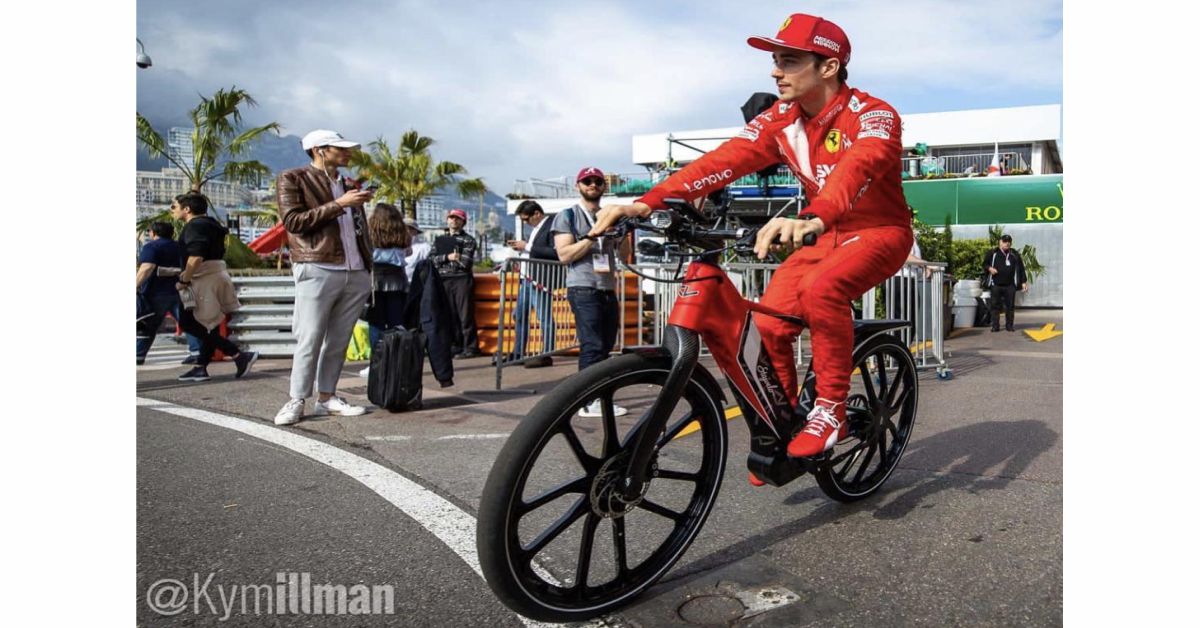The World's First All-Plastic Recyclable E-Bike

July 24, 2019
Thierry Manni, owner of Stajvelo says, “Together with a few friends, we started thinking about what we could do in the field of urban mobility. A plastic bike, now that didn’t exist!”
The aim was to introduce an e-bike that will be technically innovative, stylish, and environmentally sustainable.
“We wanted to create a lifestyle bike, not a high performance sports machine, a bike that’s a design object but that people could use it in their daily lives”, Theirry continues. “We started with a blank sheet of paper, created a skeleton with certain technical characteristics and then asked a designer in Italy to come up with ideas. Instead of starting with a design and trying to make it work technically, we did things the other way around.”
Discussions with Solvay, as the supplier of the high performance polymer that was required to build such a bike, started in 2018.
“We were immediately impressed with Thierry’s concept combining innovative technologies, materials and sustainability,” says Eric Martin, the Global Manager for Long Fiber Thermoplastics at Solvay’s Specialty Polymers GBU. “Solvay was eager to become strongly involved with the project as we believe this product will be a beacon for sustainability. It also was a great way to demonstrate what is possible when creativity, engineering, ambition and chemistry work together. Innovation was the main driver from this project, and we were excited to have one of our materials be part of this project.”
The required material is the latest in the line of long fiber thermoplastic (LFT) compounds of Solvay. It is needed to ensure the performance of the material in a wide range of demanding applications on a bike, especially complex ones such as wheel rims. It will also make the bike recyclable, a rare quality. In addition to being ideal for sporting goods, this makes the product a good fit for automotive and consumer goods application as well, lightweight and resistance are also desirable qualities.
Eric explained, “When Thierry came to us, we were in the pre-commercialization phase of a high-gloss, long fiber compound, and we saw this as a great way to introduce this material. LFT compounds provide a unique combination of stiffness, impact strength and dynamic fatigue performance.”
Stajvelo wanted the bike to be produced locally in Europe. This required a material and design which allowed for cost efficient production and LFT was the perfect one for this as it can be injection molded, allowing to create a designer bike that can be both produced in Europe and recycled.
Thierry Manni said, “I didn’t want to use carbon fiber because it’s non-recyclable.”
Eric mentioned, “In the bicycle industry, there is a monopoly on aluminum and carbon fiber frames made in Asia. But Stajvelo insisted on local production, with sustainability objectives in mind. Their bike is also much more recyclable than standard bikes.”
Stajvelo began the production of its RV01 model in April 2019 with manufacturing of 15 bikes per week in the company’s workshop in Monaco, fully equipped for security and maximum comfort – and the next model is in the works. Sales are conducted exclusively online for the time being.
Source: Solvay